 Abraham Lincoln
If given the truth, the people can be depended upon to meet any national crisis...
Abraham Lincoln
If given the truth, the people can be depended upon to meet any national crisis...
 Guildford news...
for Guildford people, brought to you by Guildford reporters - Guildford's own news service
Guildford news...
for Guildford people, brought to you by Guildford reporters - Guildford's own news service
Birdwatcher’s Diary No.118
Published on: 10 Sep, 2016
Updated on: 10 Sep, 2016
By Malcolm Fincham
Although still hanging on to some warm and dry summer sunshine, seasonal tides have been in motion in the avian world.
Maybe just an age thing, but signs of autumn seem to be showing much earlier to my eyes this year, despite some recent sunny days.
To name one of several species of trees, the colours on silver birches are already starting to turn with leaves drifting down on recent breezy days.
Young swallows, now fledged from their nests in barns and outbuildings, could be seen, while their parents caught flying insects returning to those fledglings as they sat in trees and on wires begging for a meal.
Even getting pictures of some perched on a television aerial.
With some now agile enough to meet their nurtures mid-air for a feed.
I spotted my first ‘local’ wheatear of the autumn. This was on August 24, as it perched on a fence at a farm in Blackheath, on its journey south, stopping off to feed en route back to Africa.
Still holding on to summer in my I mind, I continued to focus on butterfly sightings. Meeting up once again with my ‘manic’ birdwatching pal, Dougal, on his return from a successful ‘twitch’ to see a rare UK visiting royal tern in Southern Ireland.
I took advantage of the warm and dry weather in hope of what could be our last chance this year to see (and photo, if possible) to complete our yearly aim of over 40 species of butterfly.
Our first destination was to Denbies Hillside on Ranmore Common near Dorking.
This was with the hope of seeing at least two species that were due to be out on the wing.
Although already seeing small copper butterflies earlier in the year, it was still a delight to see a few more of them; especially as they suffered their worst ever year last summer according to the annual scientific survey of Britain’s butterflies.
Brown Argus is always good ‘year’ sighting, especially for Dougal, as he wasn’t with me when I took photos of them a few weeks ago at Sheepleas.
One of our ‘target’ species was the Adonis blue. These were in good number there and in pristine condition, as the picture shows.
While struggling to find a siver-spotted skipper, we caught sight of at least two clouded yellow butterflies. This was a real bonus as they are migratory European butterflies and although regular summer visitors to southern regions of the UK, are not often seen in Surrey.

Autumn lady’s tresses in the last hurrah of summer. At a time when most plants have set seeds, these orchids are just bursting into fresh flower.
After much walking a kind passer-by pointed out some autumn lady’s tresses in flower there. The fine details of the white petals with the lower lip marked with a green centre are only observable at close range. With my photography giving it little justice at all.
Soon after, and by then having felt I had walked the entire hillside, we finally stumbled upon the last of our targeted species there. A silver-spotted skipper.
Moving on to Bookham Common later that day we were also able to add some reasonable views of purple hairstreaks now coming to the end of their annual brood.
As well as a few brown hairsreaks as they buzzed around the top of an ash tree, occasionally resting with wings closed showing the orange-brown under-wings with two wavy white streaks and small tails, as we viewed them through a telescope.
Hairsteaks are a local species that live in self-contained colonies and breed in the same area year after year. This species can also prove elusive, since it spends much of its time resting and basking high up in tall shrubs and trees.
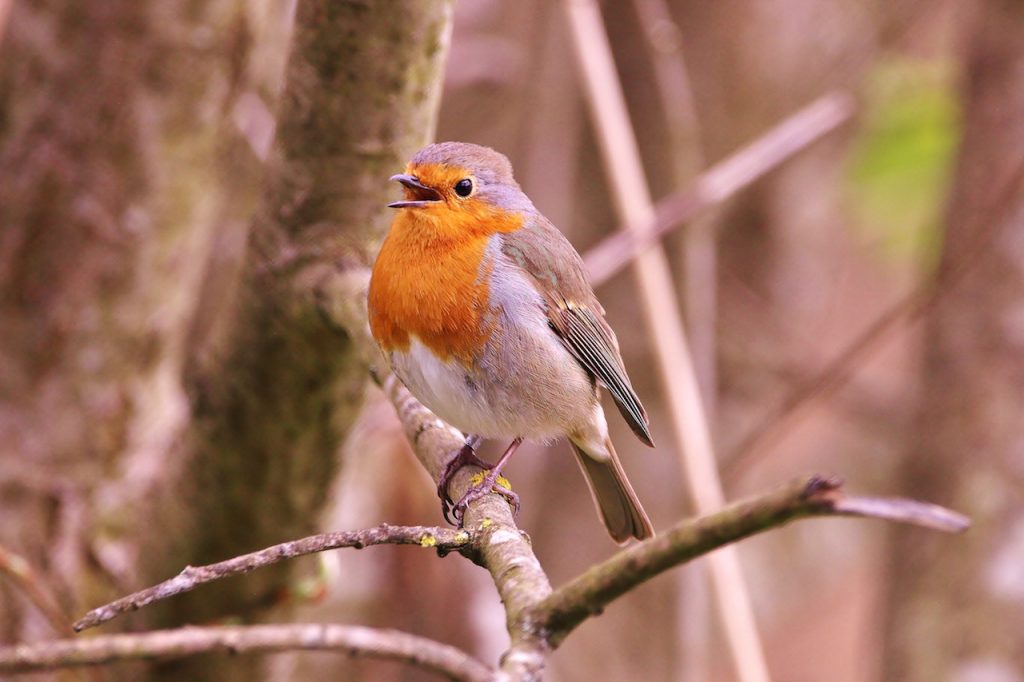
Robin singing short bursts of its full song, having gone through its summer moult in silence in the hope of eluding possible predators. While vulnerable to attack, it reminded me that autumn is not too far away.
To me, signs that summer was starting to ebb included a robin singing short bursts of song, having gone through its summer moult, now ‘tuning-up’ for its full autumn and winter melody.
As August came to a close, I took a couple of evening trips to Papercourt Watermeadows. This gave me the opportunity to get only my second view of a barn owl this year. The recent long dry spell of weather certainly made it much easier to negotiate, what is for much of the year a waterlogged landscape. It also gave good conditions for small mammals to reproduce.
It wasn’t until a return visit on the evening of September 1, that I got my best photos of one of the two barn owls that I had seen on previous evening there. Setting myself up under the cover of some trees close to the riverbank I waited in hope.
Standing there in silence, I snapped a few shots of a grey heron as it flew by.
However, with nearly an hour passing, light fading and patience waning, I decided it would soon be too dark for my photography. Just as I decided to take a slow walk back across the meadow, a fellow birdwatcher walked in my direction. Nearing him, he suddenly pointed behind me. Grateful for his gestures, flying out from the trees I had sheltered under was a barn owl flying in my direction.

A barn owl can fly in almost complete silence. Allowing it to hear the slightest sounds made by its rodent prey hidden in deep vegetation while flying up to three metres overhead.
Had it been patiently sitting above me all that time, waiting for me to go? That I can only guess.
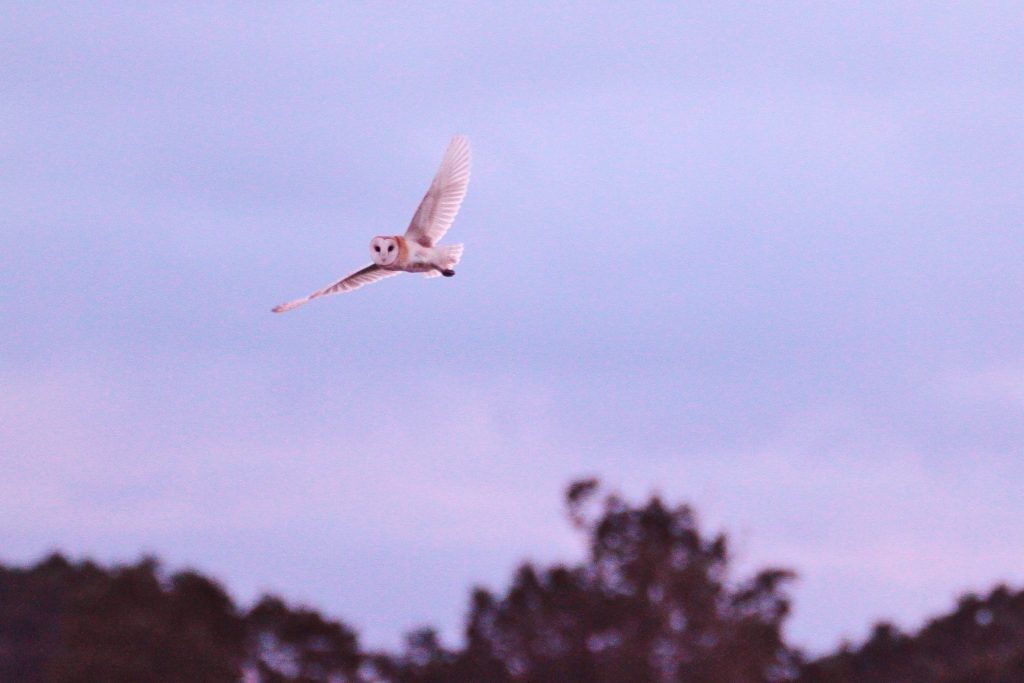
Around 3,000 juvenile barn owls are killed on Britain’s roads every year. That’s about a third of all the young that fledge.
Unprepared, I snapped a continuous volley of shots, in hope of a decent picture.
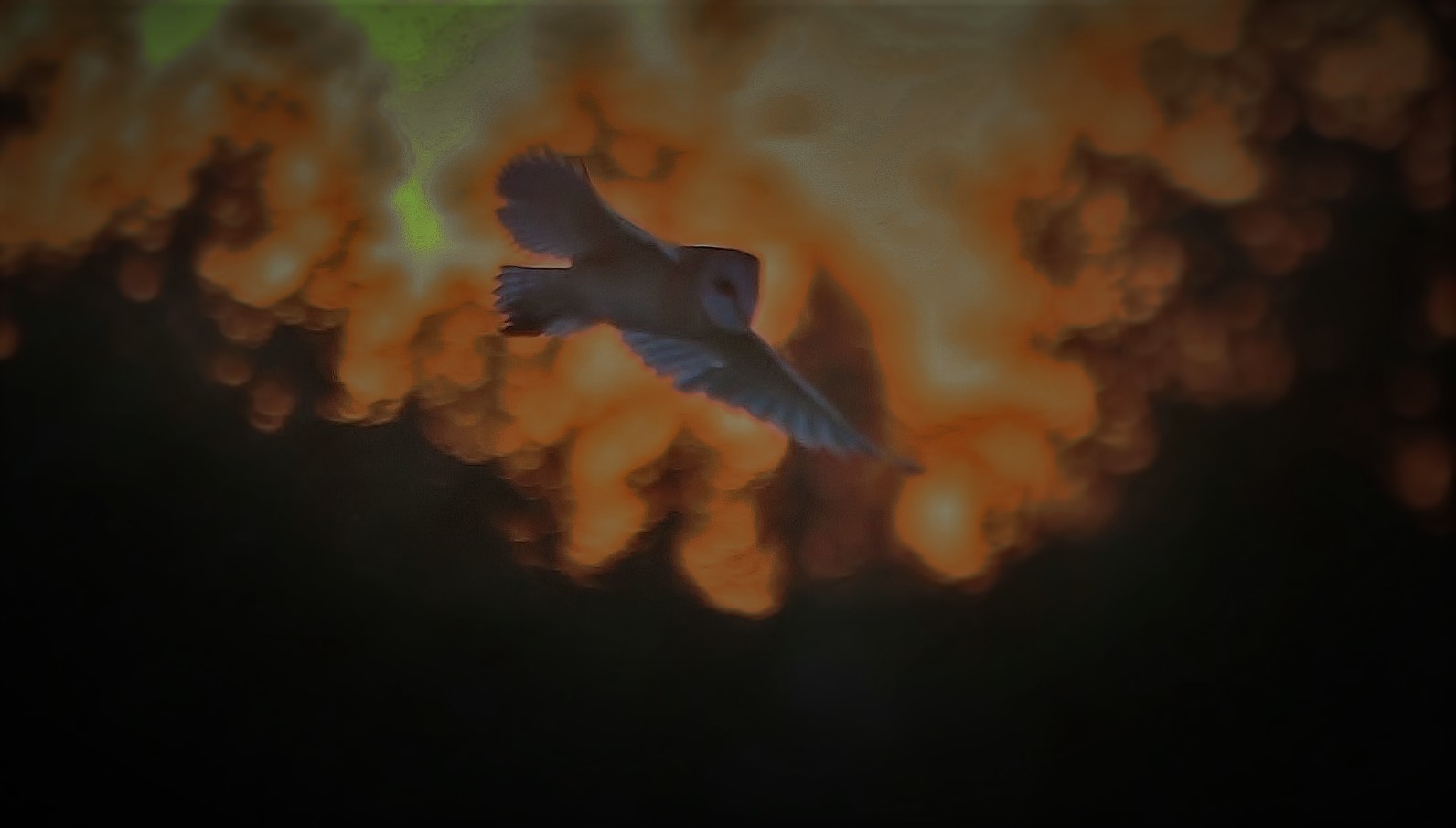
Over 90% of barn owls post-mortemed are found to contain rat poison. Some owls die as a direct result of consuming rodenticides.
On reflection, I was quite ‘chuffed’ with the results.

The barn owl is the world’s most widely distributed species of owl and one of the most widespread of all birds.
And most grateful to ‘Gary ‘ the guy who had pointed it out as it flew out behind me.
Another person I should be thankful to is a senior bailiff at Bagshot Lea pond. Allowing Dougal and I into the grounds (under strict supervision) to view a juvenile black tern as it flew around the far end of the lake, with several common terns on September 4. Although too distant for a photo and not so rare as the aforementioned ‘Irish’ royal tern. A good ‘year’ tick for both of us all the same.
Although I have been itching for a coastal trip for a final wave goodbye (and the chance of some photos, of course) to the many birds now heading for warmer winter weather, it’s always worth keeping one’s eyes ‘peeled’ locally. As I did also on September 4, picking out and getting a few record shots of a whinchat in a field by Rydes Hill Common.
Responses to Birdwatcher’s Diary No.118
Leave a Comment Cancel replyPlease see our comments policy. All comments are moderated and may take time to appear. Full names, or at least initial and surname, must be given.
Recent Articles
- Burglar Jailed Thanks To Quick Action of Ash Resident
- Highways Bulletin for December
- Birdwatcher’s Diary No.318 Some Pre-Christmas Rambles
- Merry Christmas and a Happy New Year to All Our Contributors and Readers!
- More Units Added to Solums’s Station Redevelopment
- Vehicle Stop on Epsom Road Leads to Prolific Drug Gang Being Put Behind Bars
- Local Political Leaders Respond to Publication of the English Devolution White Paper
- Flashback: Guildford All Lit Up For Christmas – Then And Now
- City Earn Themselves a Three Point Christmas Present
- Mayor’s Diary: December 23 – January 4


Recent Comments
- Jim Allen on Two Unitary Authorities, One Elected Mayor – Most Likely Devolution Outcome for Surrey
- Mike Smith on Two Unitary Authorities, One Elected Mayor – Most Likely Devolution Outcome for Surrey
- Angela Richardson on Two Unitary Authorities, One Elected Mayor – Most Likely Devolution Outcome for Surrey
- Frank Emery on Two Unitary Authorities, One Elected Mayor – Most Likely Devolution Outcome for Surrey
- Paul Kennedy on Two Unitary Authorities, One Elected Mayor – Most Likely Devolution Outcome for Surrey
- Alan Judge on Dumped E-bike Provokes Questions
Search in Site
Media Gallery
Dragon Interview: Local Artist Leaves Her Mark At One of England’s Most Historic Buildings
January 21, 2023 / No Comment / Read MoreDragon Interview: Lib Dem Planning Chair: ‘Current Policy Doesn’t Work for Local People’
January 19, 2023 / No Comment / Read MoreA3 Tunnel in Guildford ‘Necessary’ for New Homes, Says Guildford’s MP
January 10, 2023 / No Comment / Read More‘Madness’ for London Road Scheme to Go Ahead Against ‘Huge Opposition’, Says SCC Leader
January 6, 2023 / No Comment / Read MoreCouncillor’s Son Starts Campaign for More Consultation on North Street Plan
December 30, 2022 / No Comment / Read MoreCounty Council Climbs Down Over London Road Works – Further ‘Engagement’ Period Announced
December 14, 2022 / No Comment / Read MoreDragon Interview: GBC Reaction to the Government’s Expected Decision to Relax Housing Targets
December 7, 2022 / No Comment / Read MoreHow Can Our Town Centre Businesses Recover? Watch the Shop Front Debate
May 18, 2020 / No Comment / Read More



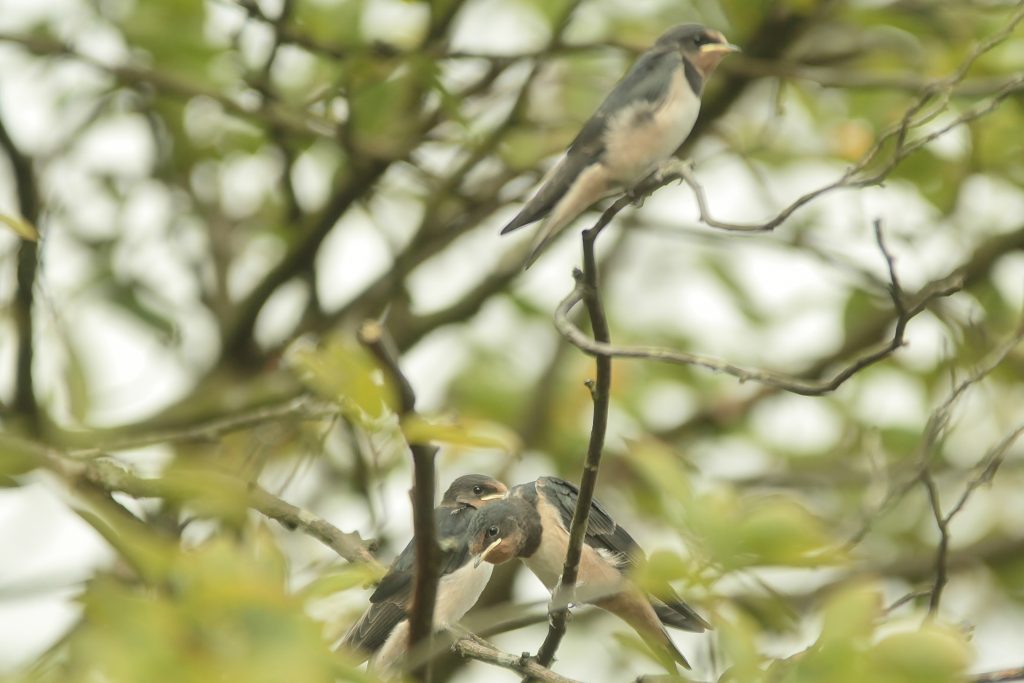
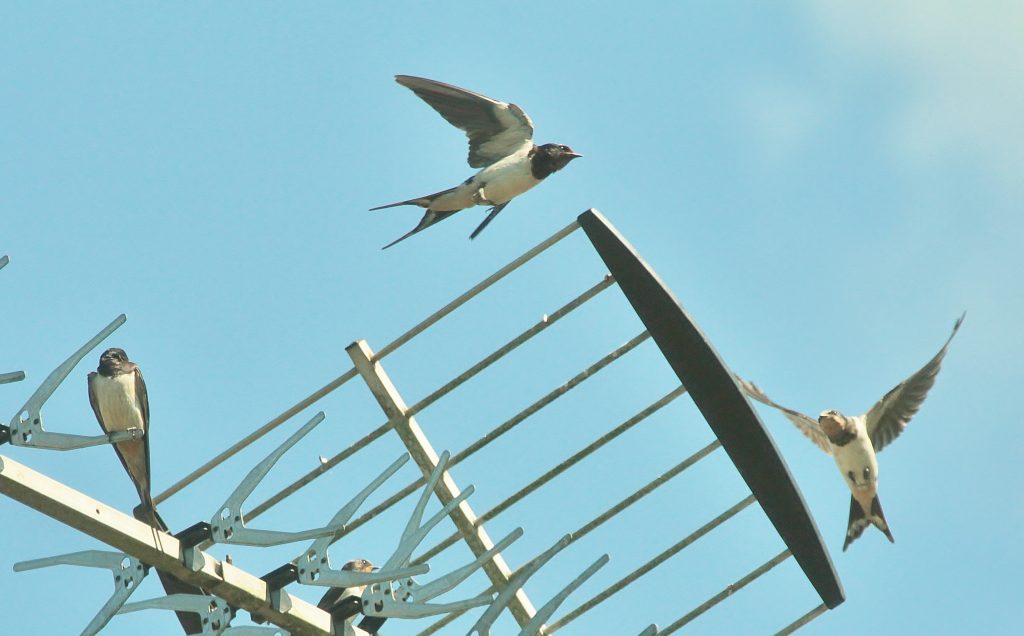
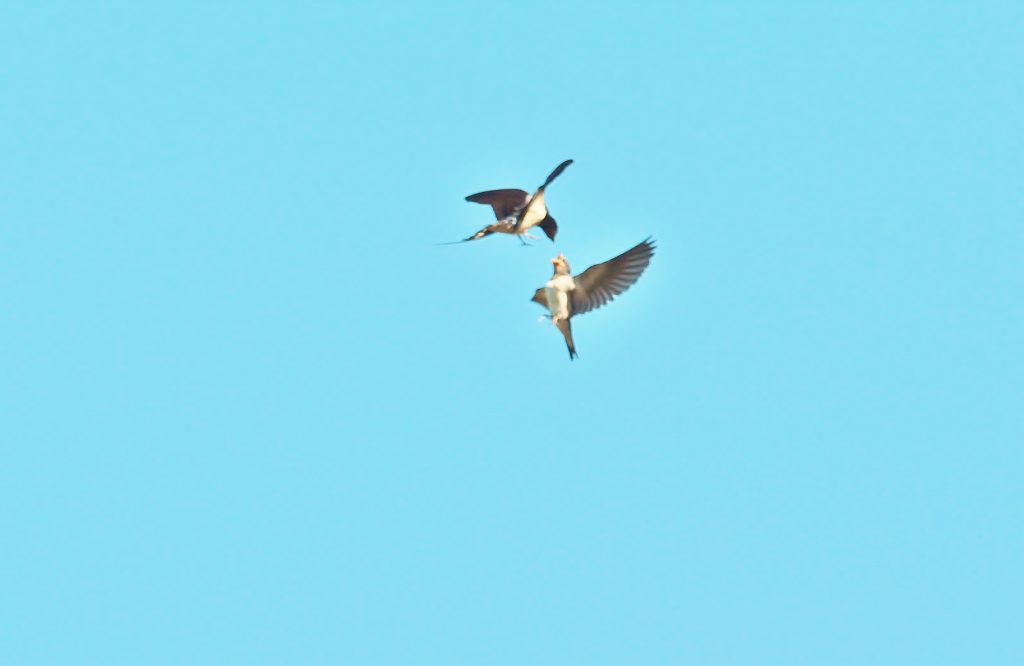

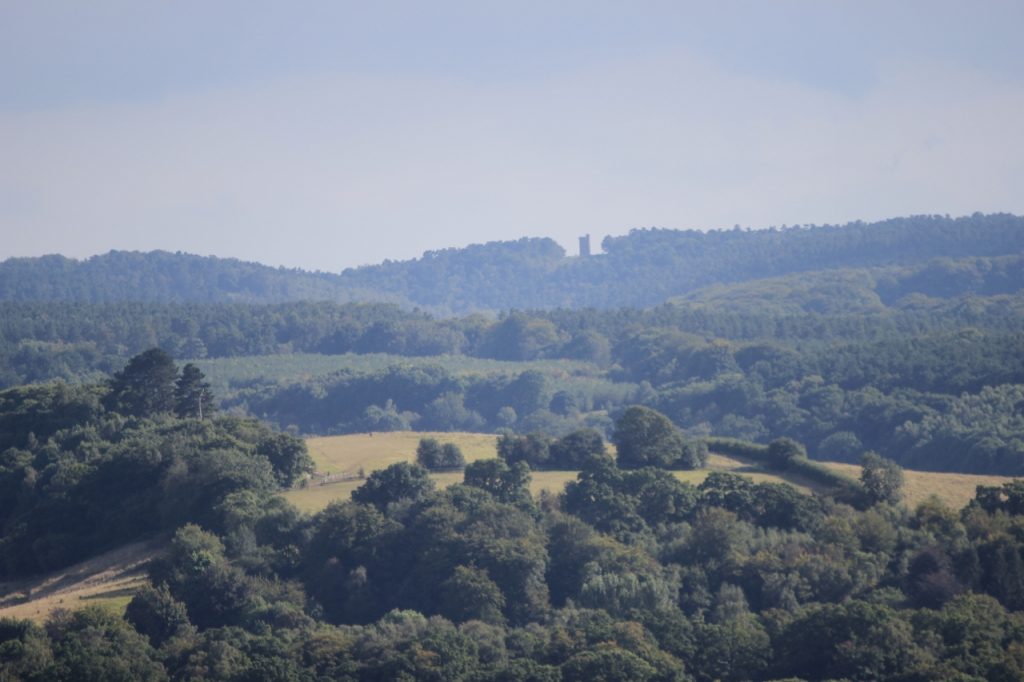

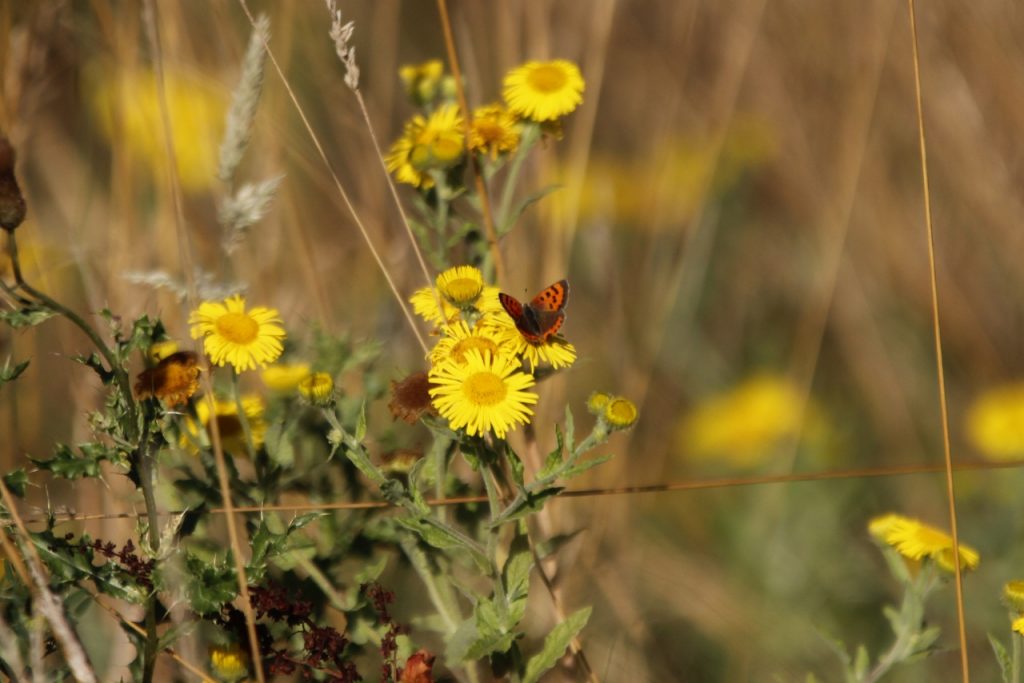
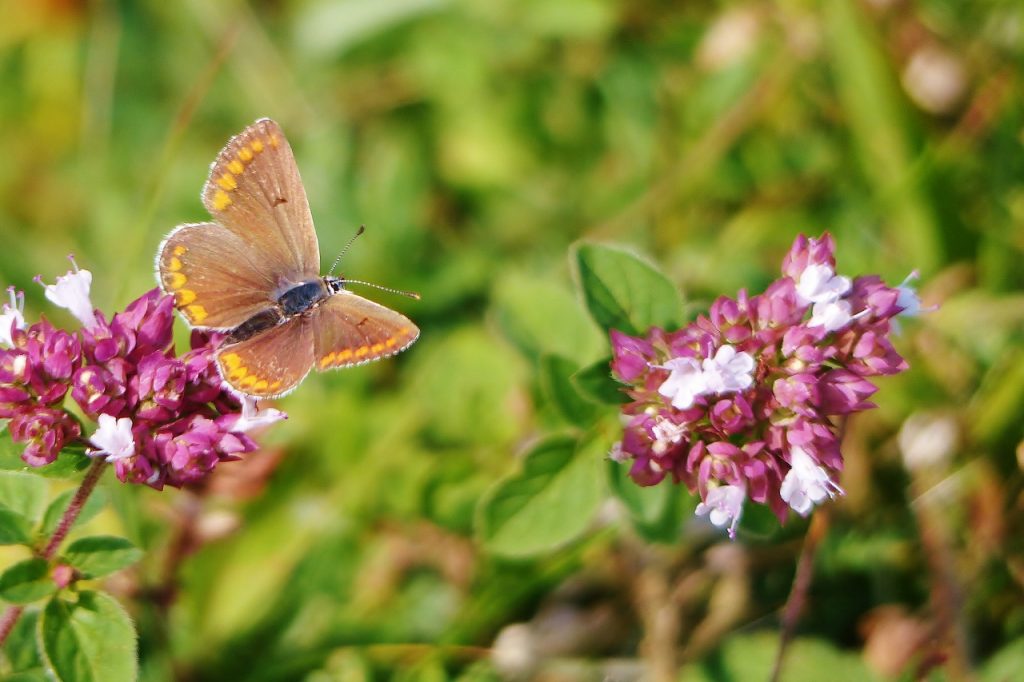
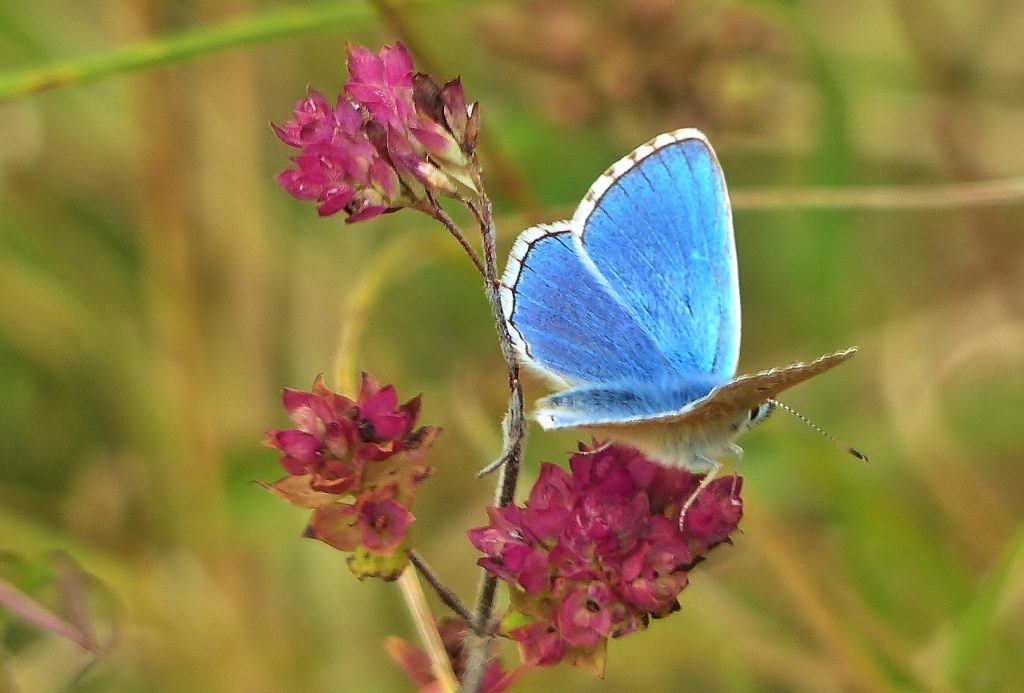
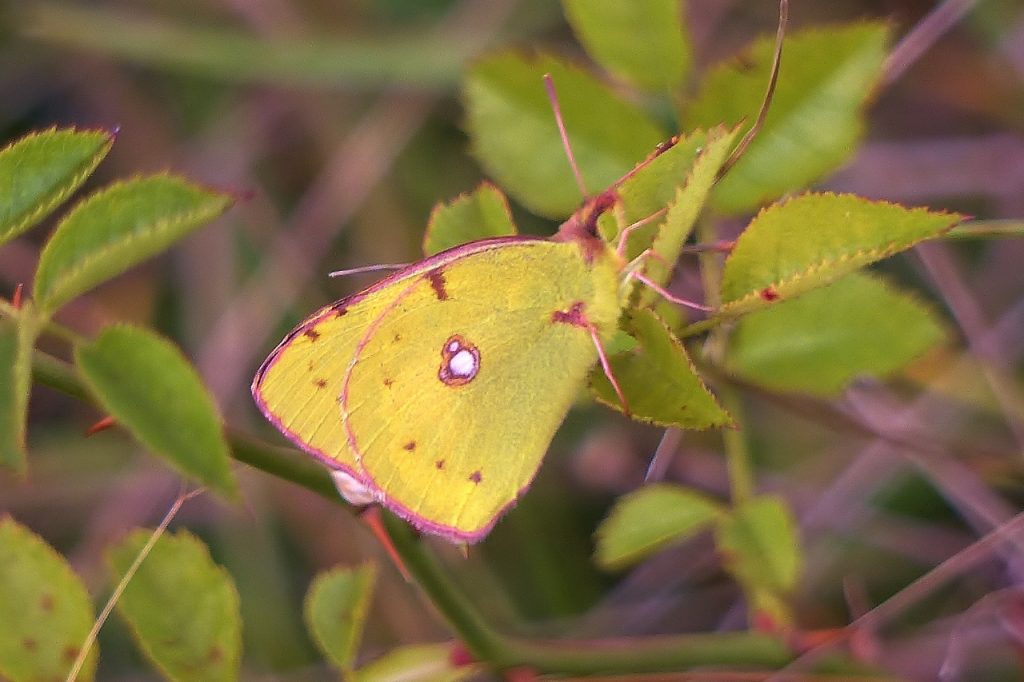

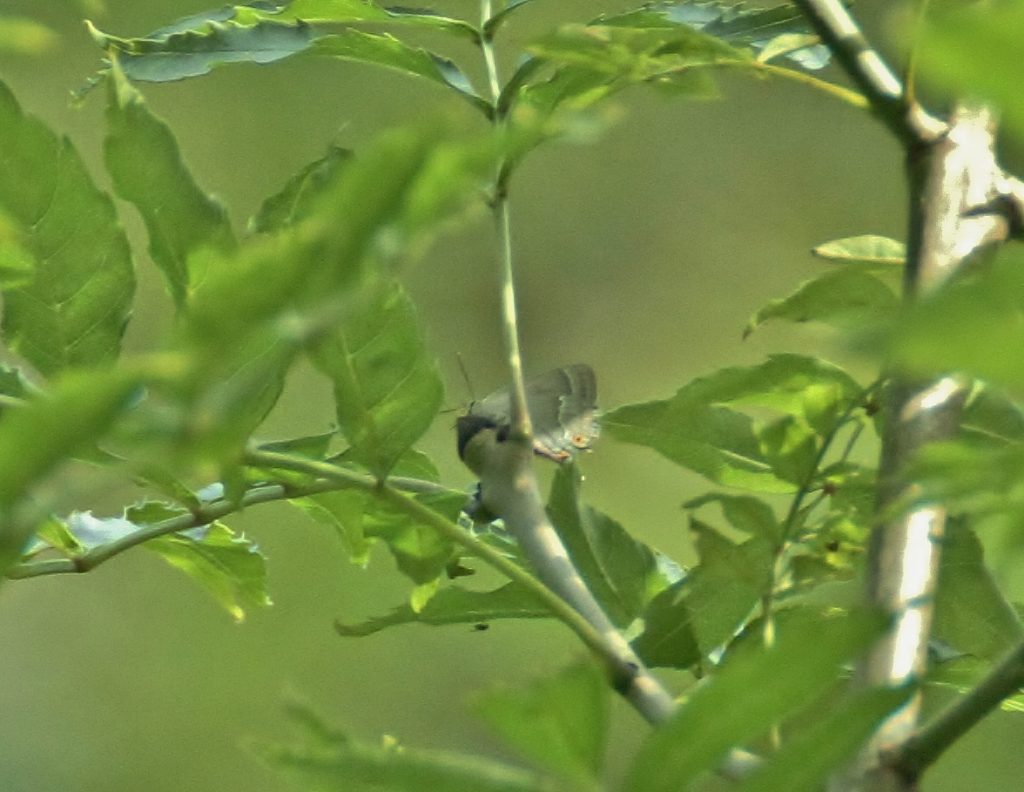
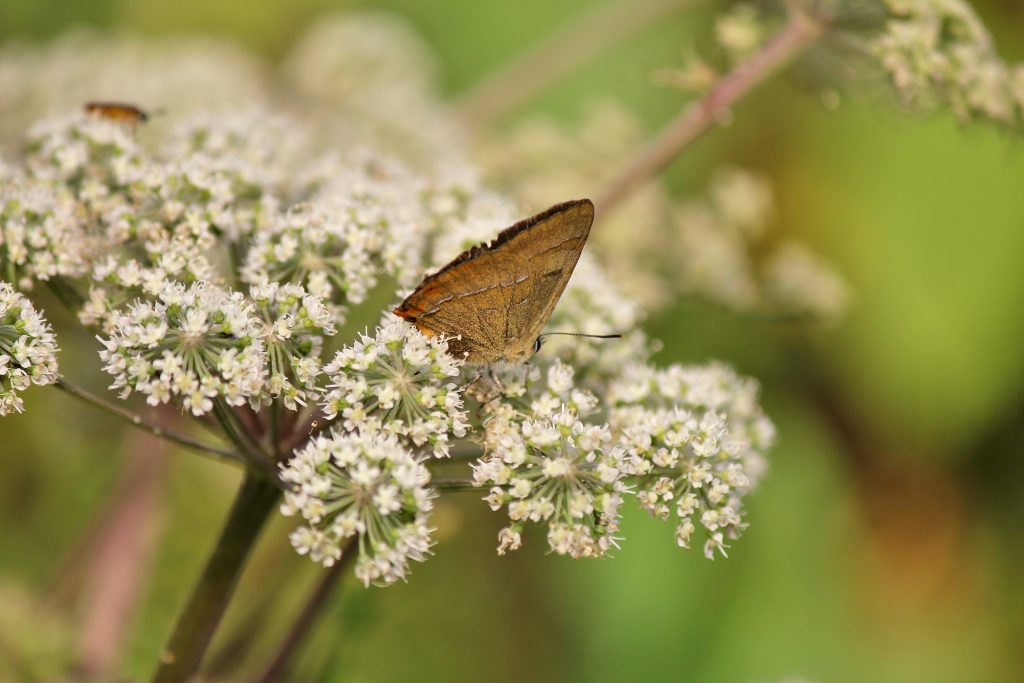
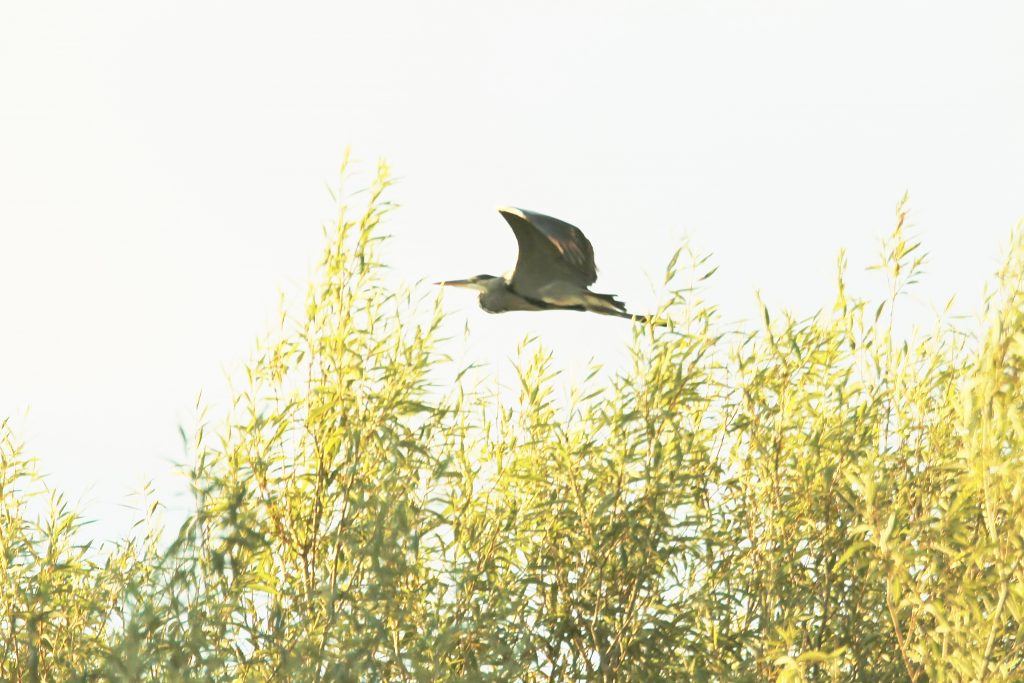
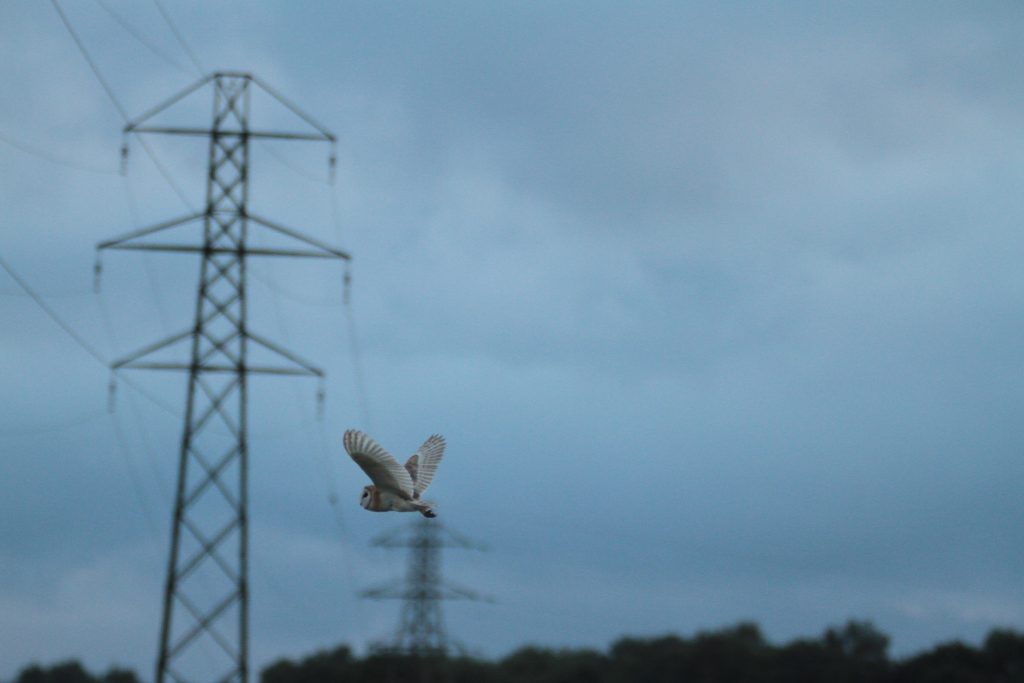
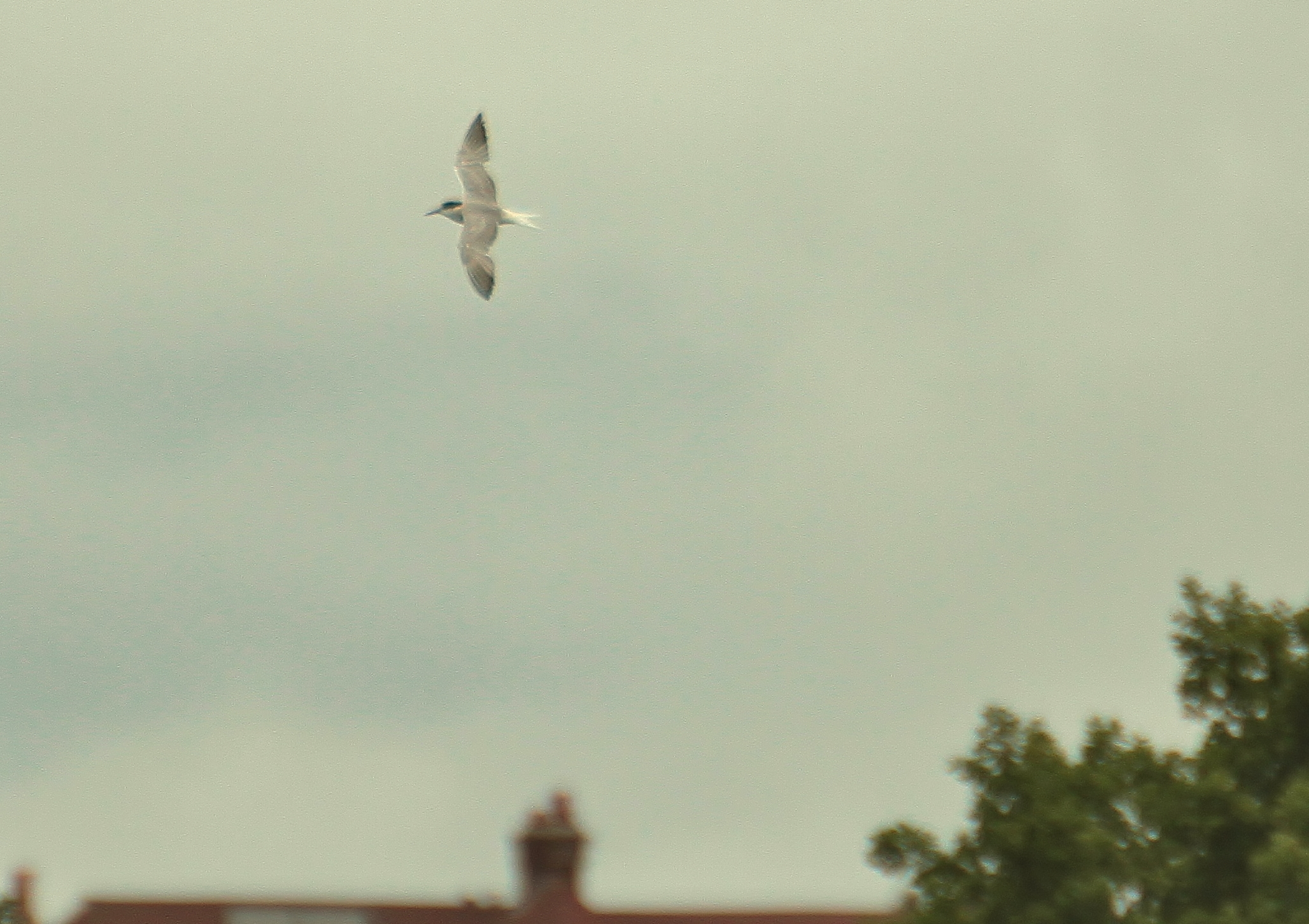









Gordon Bridger
September 20, 2016 at 6:47 pm
This is really a joy to read and the photos are great. Deserves a national audience